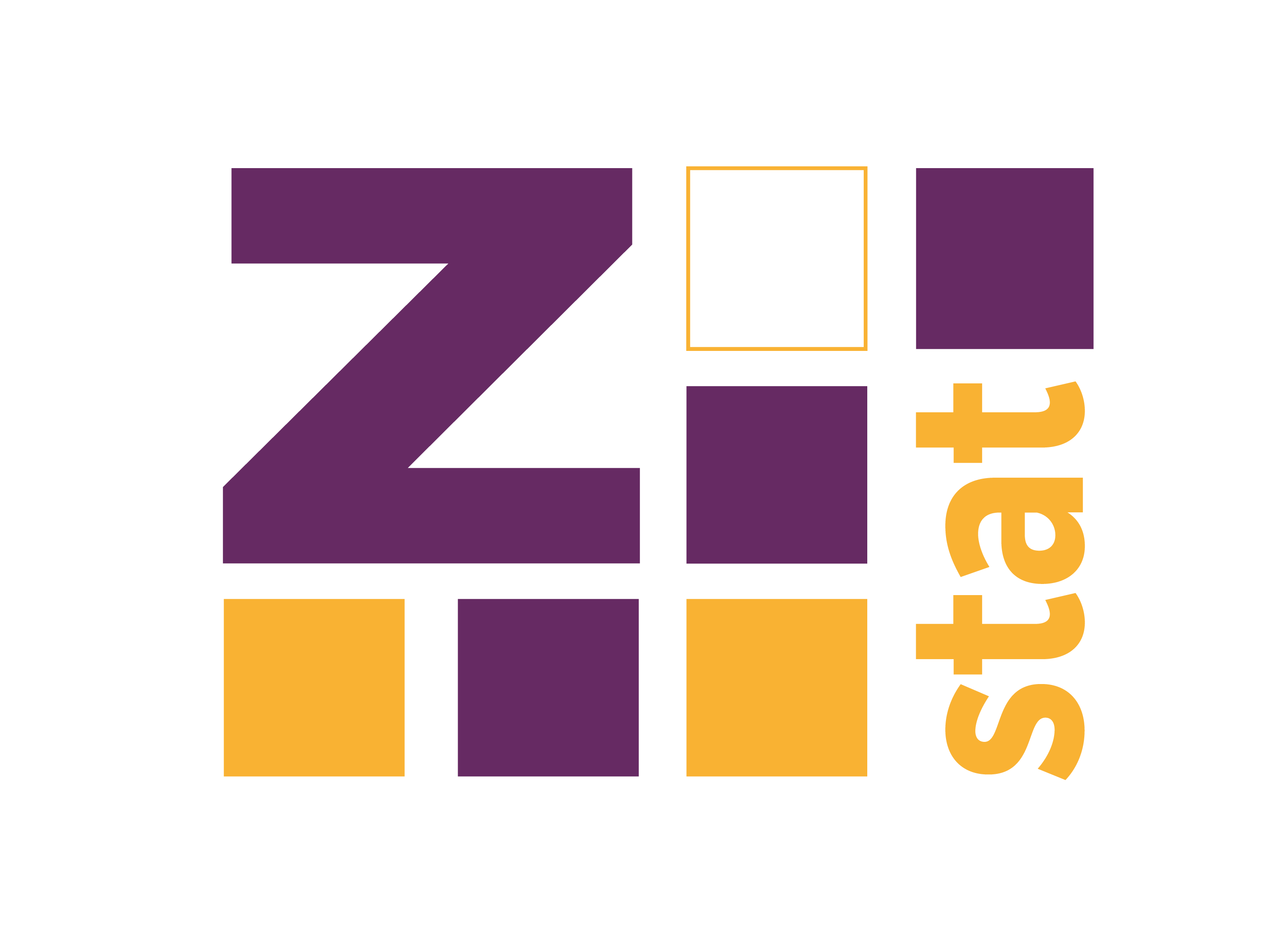My primary language for data analysis is still R. However, when it comes to the Big Data I prefer Scala because of it is the central language behind Spark, and gives more freedom than the sparklyr interface (I sometimes use sparklyr, but this is a topic for another post).
When I started my journey with Scala I found, that it is possible to achieve a lot with knowing just the Spark’s API and a bit of SQL. Nevertheless, I also realized that to take advantage of the full power of the native Spark API I need to learn more Scala’s stuff. There are a lot of impressive parts of the Scala, but in this post, I discuss one thing - something called “Pimp My Library” pattern. I want something like this in R:)
To get some knowledge of a language, I think it’s reasonable to find a library and read some code, to feel the syntax and see some constructs. My first choice was nscala-time (https://github.com/nscala-time/nscala-time), it’s a library for dealing with time. In the main folder with a code I found something like this:
/**
* The marker trait that this type is for 'pimp my library' pattern.
*/
trait PimpedType[T] extends Any{
def underlying: T
}I googled the phrase “pimp my library scala”, and found this article - https://coderwall.com/p/k_1jzw/scala-s-pimp-my-library-pattern-example, and in this article in the comments a link for https://docs.scala-lang.org/overviews/core/value-classes.html.
So, what’s going on? It turns out that Scala allows adding a new method to the existing class (there are some restrictions, for more information read official documentation - https://docs.scala-lang.org/overviews/core/value-classes.html).
So you can define a new method for Int class, like this (the example is taken from the nscala-time):
DateTime.now() + 2.months
// returns org.joda.time.DateTime = 2009-06-27T13:25:59.195-07:00
2.hours + 45.minutes + 10.seconds
// returns com.github.nscala_time.time.DurationBuilder
// (can be used as a Duration or as a Period)Methods months, hours, minutes, seconds can be used directly on the Int object. What it’s even more interesting, this functionality is effortless. In my example, I’m using it to add three new functions to the org.joda.time.LocalDate class (it’s used to represent a time in a YYYY-DD-MM format). The first function returns a sequence of all days from the current day of the month to the end. Second - from the beginning to the current date, and last function - from the beginning of the month to the end.
import com.github.nscala_time.time.Imports._
object nscalatest {
implicit class SeqFncLocalDate(val date: LocalDate) extends AnyVal {
def toMonthEndSeq = (date.day.get to date.day.getMaximumValue).map(date.day(_))
def fromMonthStartSeq = (date.day.getMinimumValue to date.day.get).map(date.day(_))
def allDaysSeq = (date.day.getMinimumValue to date.day.getMaximumValue).map(date.day(_))
}
val start = LocalDate.parse("2018-01-15")
//> start : org.joda.time.LocalDate = 2018-01-15
LocalDate.parse("2018-01-25").toMonthEndSeq
//> res0: scala.collection.immutable.IndexedSeq[org.joda.time.LocalDate] = Vecto
//| r(2018-01-25, 2018-01-26, 2018-01-27, 2018-01-28, 2018-01-29, 2018-01-30, 20
//| 18-01-31)
LocalDate.parse("2018-01-05").fromMonthStartSeq
//> res1: scala.collection.immutable.IndexedSeq[org.joda.time.LocalDate] = Vecto
//| r(2018-01-01, 2018-01-02, 2018-01-03, 2018-01-04, 2018-01-05)
LocalDate.parse("2018-01-01").fromMonthStartSeq
//> res2: scala.collection.immutable.IndexedSeq[org.joda.time.LocalDate] = Vecto
//| r(2018-01-01)
LocalDate.parse("2018-01-15").allDaysSeq
//> res3: scala.collection.immutable.IndexedSeq[org.joda.time.LocalDate] = Vecto
//| r(2018-01-01, 2018-01-02, 2018-01-03, 2018-01-04, 2018-01-05, 2018-01-06, 20
//| 18-01-07, 2018-01-08, 2018-01-09, 2018-01-10, 2018-01-11, 2018-01-12, 2018-0
//| 1-13, 2018-01-14, 2018-01-15, 2018-01-16, 2018-01-17, 2018-01-18, 2018-01-19
//| , 2018-01-20, 2018-01-21, 2018-01-22, 2018-01-23, 2018-01-24, 2018-01-25, 20
//| 18-01-26, 2018-01-27, 2018-01-28, 2018-01-29, 2018-01-30, 2018-01-31)
}It’s as simple as this.
Takeaway:
- You can use “Pimp My Library” pattern to add new methods to the existing classes.
- nscala-time is an excellent library for working with dates in Scala. It’s is built on the top of Java’s Joda-Time.
- Adding methods to the existing classes is also described in “Scala Cookbook” (http://shop.oreilly.com/product/0636920026914.do).
